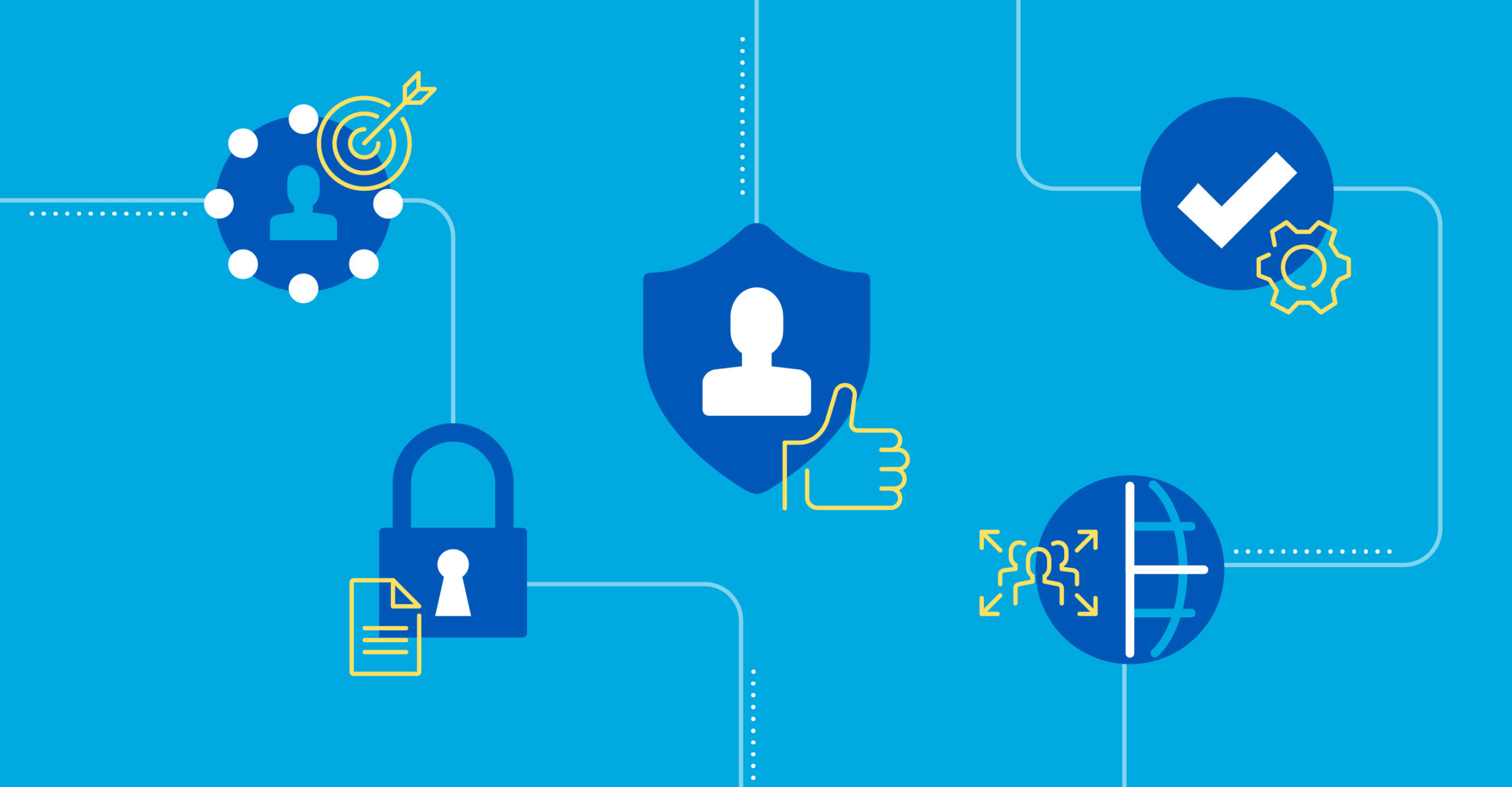Google’s announcement made a lot of noise the other week, and now, with a few weeks’ perspective, we can start to distill the real effect of the announcement vs. the noise. We’ve had a chance to hold many conversations with publishers, partners, marketers, and Google. There are five significant clarifications that are helpful:
1. Chrome is not blocking LiveRamp’s Authenticated Traffic Solution (ATS) or publisher first-party IDs.
What it means: Chrome respects first-party identity. In fact, that was highlighted in the blog and we know that YouTube and Google Search rely on authentications (e.g., first-party IDs) to drive much of their revenue.
2. Google is giving publishers the option to pass first-party IDs to their ad tech partners.
What it means: Google Ad Manager will enable publishers to pass first-party IDs, enabled via tools like ATS, to downstream exchanges and DSPs. This reinforces our long-standing belief that publishers own their identity and have the ability to choose which platforms and vendors they work with. ATS is built specifically to help publishers control access to their data, monetise their premium inventory, and connect directly with brand advertisers.
3. Google Search and YouTube will continue to offer Google Customer Match.
What it means: LiveRamp can still connect and onboard a marketer’s first-party data to Google owned-and-operated inventory.
4. We expect DV360 will continue to buy private marketplace (PMP) deals
What it means: Marketers can still connect their first-party CRM audiences to first-party publisher inventory through ATS and buy through DV360 via Deal IDs.
5. The need for omnichannel solutions has never been more important.
Marketers care about Chrome, as they should. However, it’s only a single browser. First-party identity works everywhere, whether on Safari, Firefox, Edge, iOS, Android, Addressable and Connected TV, and social media platforms. That’s why LiveRamp’s ATS is so powerful. It goes beyond display or Chrome into all of the touchpoints where consumers spend their time.
Enhancing connections between marketers and publishers
The big takeaway is that the LiveRamp platform enables the connection between a marketer’s and publisher’s first-party data in a safe and protected way.
We’ve spent years working on ATS with the foresight that third-party cookies, device identifiers, and eventually IP addresses are unsustainable and not a long-term solution. Here’s what we’re doing to continue to enhance the connection between marketers and publishers and ensure that both can develop strong, direct consumer relationships:
- Global brands require global solutions—LiveRamp is expanding its platform to over a dozen new countries across APAC, EU, and LATAM in 2021.
- More omnichannel touchpoints—ATS is already omnichannel and works across mobile in-app, connected TV (CTV), and can support other inventory as it comes live, such as IoT. Over the next year, we’re going to continue doubling down on expanding ATS within CTV and mobile on-app, giving marketers the ability to engage their customers in more places.
- Putting publishers and marketers in control of their data. While some DSPs want unfettered access to publisher identity, LiveRamp is rolling out controls for publishers to control exactly where their identity is used. Publishers can choose to enable PMPs, but not open exchange, or they can choose to empower their DSPs of choice, but not others. For marketers, this equates to the freedom to buy on an open exchange via a DSP, directly with a publisher, or through a PMP with many publishers.
The countdown to cookieless is on. Whether you’re a publisher or marketer, now is not the time for idle hands. It’s the time to test, measure, and learn. Grow your first-party data in a trusted and secure way today so you can reap the benefits of deeper and more meaningful connections with your customers in the future.
Missed any of our Google announcement coverage? Catch up with the following:
- Blog: Google Clarifies Its Plans for Targeted Advertising—And What That Means For You
- Blog: Answers to Your Google Announcement Questions
- Blog: Has Google’s Announcement Left You Wondering What You Need to Do Next?
- Replay: Ask Me Anything webinar
Ready to learn more or get started? Send us an email at [email protected].
